Finding the Perfect Gaming Mouse: A Gamer's Guide
Oct-21-2024

When it comes to gaming, your mouse is not just a tool—it's an extension of your hand. It becomes part of your gameplay strategy, shaping every move, every aim, and every victory. Whether you are a seasoned eSports pro or a casual player, choosing the right gaming mouse can elevate your gaming experience to NEW levels. This article will navigate you through the key aspects to consider, punctuated with expert insights, ensuring you make an informed decision without wading through the usual tech jargon.
Understanding Your Gaming Needs
Before diving into the technical specifications, it's crucial to reflect on your gaming needs. Different genres demand different functionalities from a mouse. For instance, an FPS gamer requires a swift, highly responsive mouse for targeting, while an MMO player may benefit from additional programmable buttons for executing multiple commands quickly. Here’s a breakdown of what to consider:
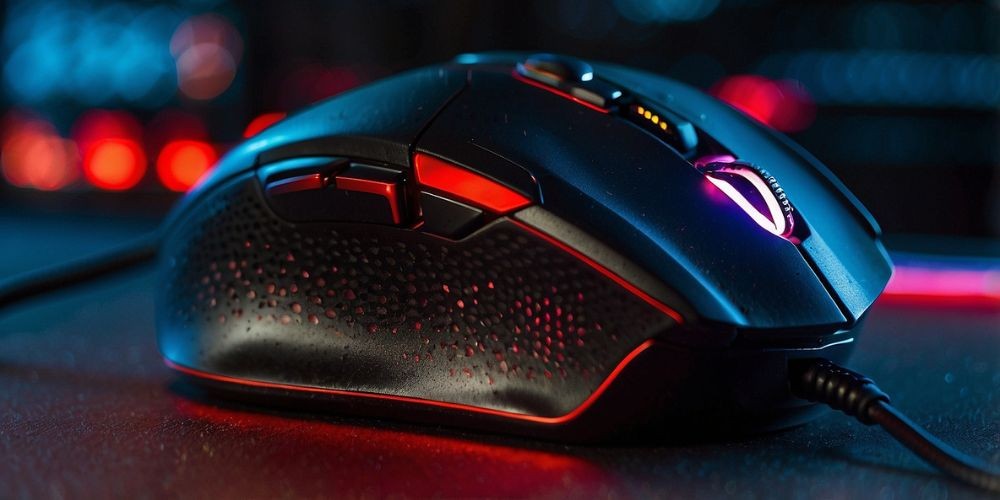
- Game Genre: Determine the type of games you play most frequently. Are they FPS, MMO, MOBA, or a combination? This will guide you in selecting a mouse with the features most beneficial for those games.
- Play Style: Are you aggressive and fast-paced, or do you have a more strategic, slow-paced style? This can affect whether you prioritize speed and responsiveness over additional features like customizable buttons.
- Hand Orientation and Size: Comfort is key for long gaming sessions. Consider whether you need a mouse designed for right-handed or ambidextrous use, as well as its size to suit your grip style—whether it’s palm, claw, or fingertip.
Considering these aspects will narrow down your options, allowing you to focus on the specifications that matter most to you.
Importance of Design and Ergonomics
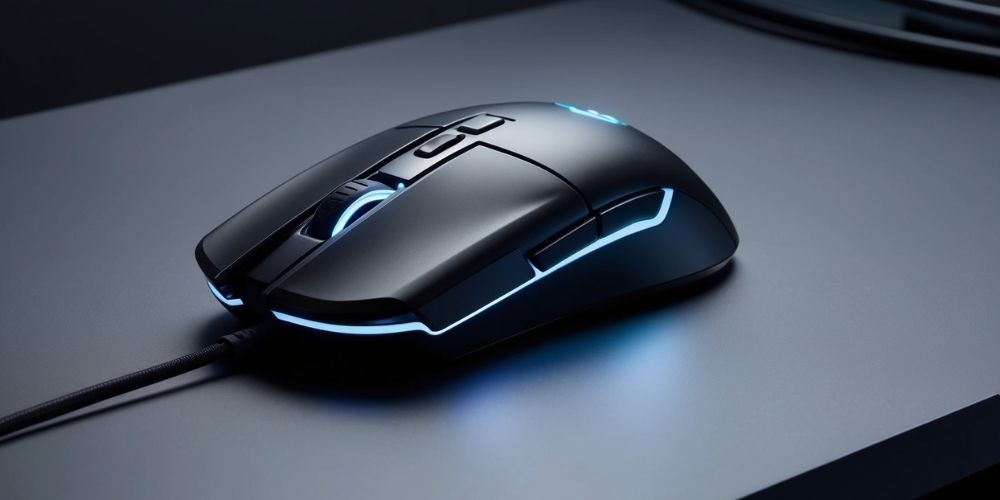
The design and ergonomics of a gaming mouse directly impact your comfort and performance. A well-designed mouse should fit naturally in your hand, allowing for prolonged use without fatigue or discomfort. Here are some design features to consider:
- Grip Style: Most gaming mice cater to three main grip styles—palm, claw, and fingertip. Choose a mouse that complements your natural grip to enhance comfort and control.
- Weight and Balance: The mouse's weight can affect your sensitivity and control. Some players prefer a heavier mouse for steady movements, while others might favor a lightweight model for faster reactions. Many gaming mice offer customizable weight systems to cater to diverse preferences.
- Materials and Texture: Pay attention to the mouse's build quality and texture. Materials like high-quality plastic, rubberized grips, and metal frames contribute to durability and tactile comfort.
- Button Placement: Ensure that button placement feels intuitive and accessible, reducing misclicks and enhancing response times during intense gaming moments.
Ergonomics is about ensuring that form meets function, reducing strain, and preventing repetitive strain injuries over long periods.
Evaluating Sensor and Performance
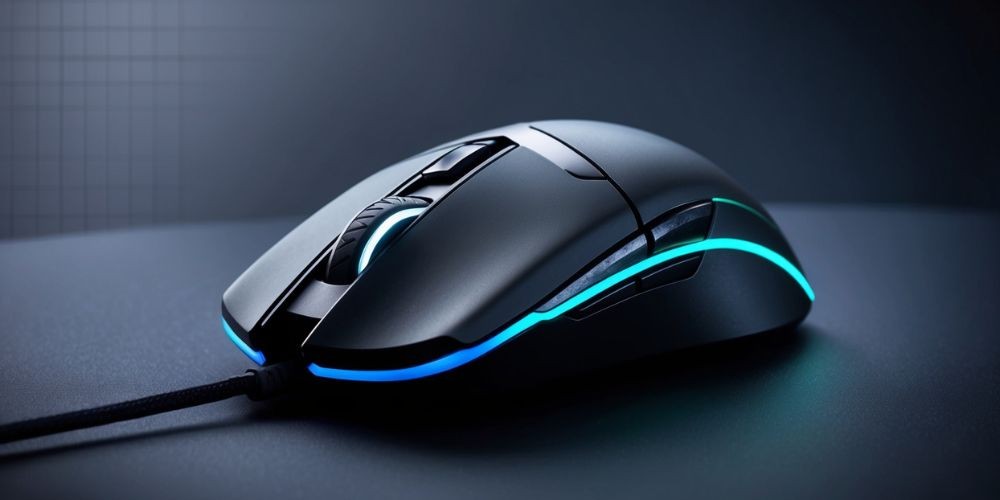
The sensor technology in a gaming mouse significantly influences its performance. It dictates how accurately your actions translate on-screen, which is crucial for competitive gameplay. Here's what to look into:
- Sensor Type: Optical sensors are generally preferred for their accuracy and reliability on a variety of surfaces. Laser sensors can be more adaptable to different textures but might introduce slight acceleration issues unless properly calibrated.
- DPI (Dots Per Inch): DPI measures the sensitivity of your mouse. Higher DPI settings allow for faster cursor movements, which can be advantageous in high-speed gaming scenarios. However, higher isn't always better; it's about what feels comfortable and natural for you.
- Polling Rate: This is the frequency at which your mouse reports its position to your computer, measured in Hz. A higher polling rate provides smoother and more responsive inputs, with most gaming mice offering 500Hz to 1000Hz.
- Lift-off Distance and Jitter: Ensure that the mouse performs well in terms of low lift-off distance and minimal sensor jitter, which can affect precision in high-stakes moments.
Sensor performance should be aligned with your needs; if accuracy in swift movements is your priority, prioritize a high-performance optical sensor with adjustable settings.
Features That Matter: Buttons, Connectivity, and Lighting
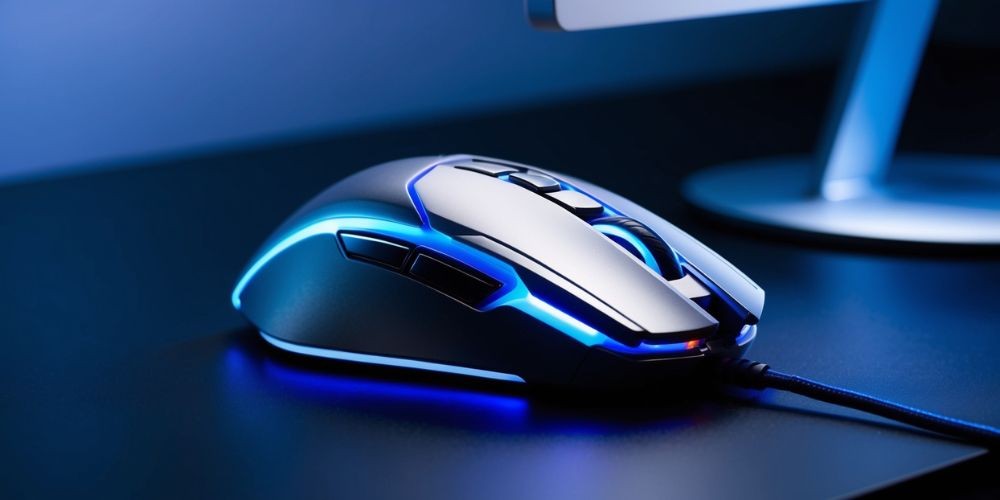
While some features might seem extravagant, certain aspects impact functionality in a practical way, making gameplay more intuitive and engaging.
- Programmable Buttons: Look for a mouse with a number of programmable buttons that match your gaming needs. These can offer quick access to in-game commands, enhancing your efficiency and reaction times.
- Connectivity Options: Decide between wired and wireless options. Wireless mice offer clutter-free setups and increased mobility, now rivaling wired ones in terms of latency due to advancements in technology. Consider dual connectivity (both wired and wireless options) for maximum flexibility.
- RGB Lighting and Customization: While RGB lighting doesn't improve performance, customizable lighting can enhance the visual appeal of your setup and offer functional cues (e.g., changing color based on DPI settings or profiles).
- Onboard Memory and Profiles: Mice with onboard memory can store settings directly on the device, allowing easy switching between different profiles for various games.
Features should contribute to an intuitive gaming experience without adding unnecessary complexity. Choose those that truly enhance your gameplay rather than just adding flair.
Battery Life and Longevity
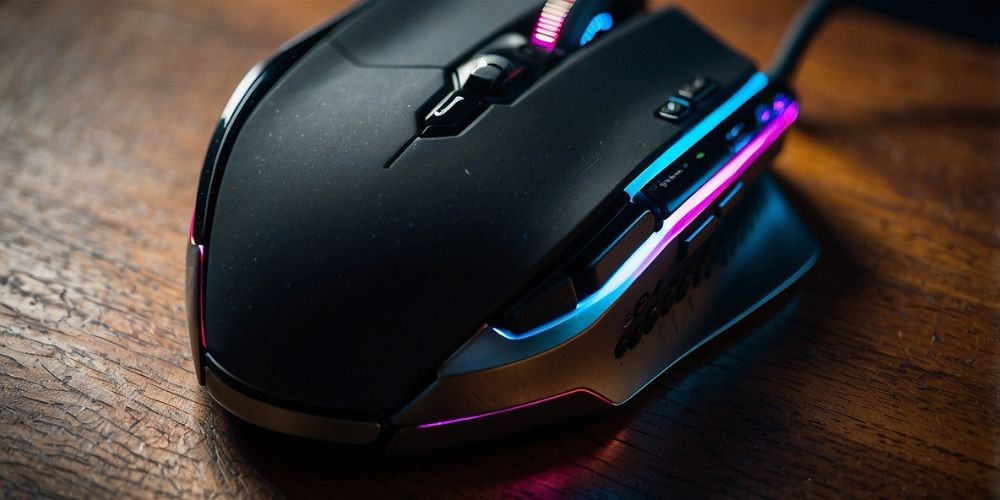
For wireless models, battery life and durability are important considerations. A gaming mouse should be dependable over long sessions without frequent recharges or replacements.
- Battery Type: Opt for models with long-lasting rechargeable batteries. If your choice is battery-operated, check its lifespan to avoid interruptions in gaming marathons.
- Power-saving Features: Some mice come standard with auto-sleep modes or power-efficient sensors to maximize battery life.
- Durability: Beyond batteries, ensure that the mouse itself is robust, with high-quality switches rated for millions of clicks, supporting extended use.
Balancing performance with battery life ensures you enjoy seamless gaming with minimal disruption.
Balancing Budget with Quality
A plethora of gaming mice exists across various price ranges, each offering its unique blend of features and performance. Here's how you can balance cost while ensuring quality:
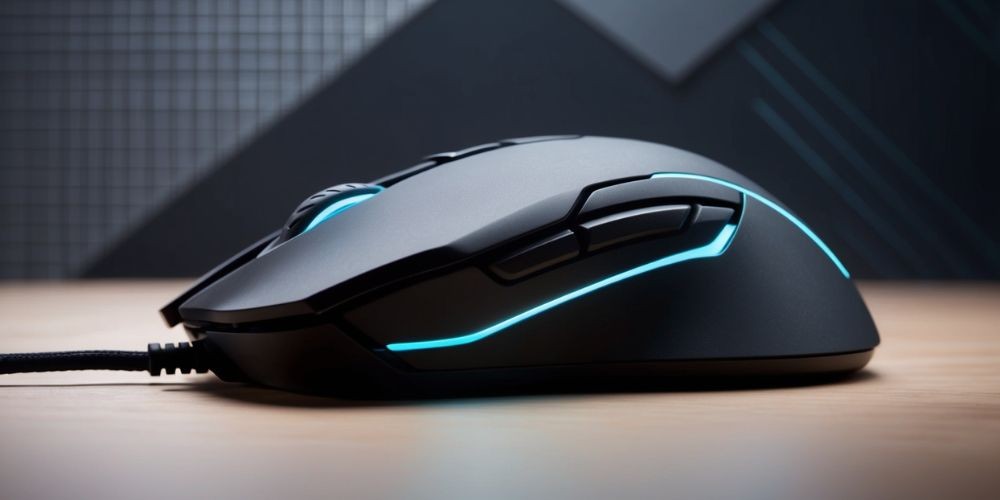
- Entry-Level: Affordable yet functional mice are excellent for newcomers or those on a budget. These models provide the essentials without luxury add-ons.
- Mid-Range: Offers a mix of performance and additional features such as customizable buttons and aesthetics, ideal for dedicated gamers seeking to enhance their experience without overspending.
- High-End: Premium models deliver exceptional precision, build quality, and feature sets (e.g., customizable weights, advanced sensors) perfect for competitive players or gaming enthusiasts who seek the best.
Your investment should reflect usage frequency and performance needs, ensuring you get the most value without overshooting your budget.
In conclusion, selecting the perfect gaming mouse is a blend of personal preference, budgetary considerations, and technical specifications. By understanding your gaming style and needs, you can choose a mouse that enhances your experience and perfects your performance. Remember, the ultimate gaming mouse doesn't just take the market by storm; it complements each move you make, guiding you toward victory with ease and precision.







